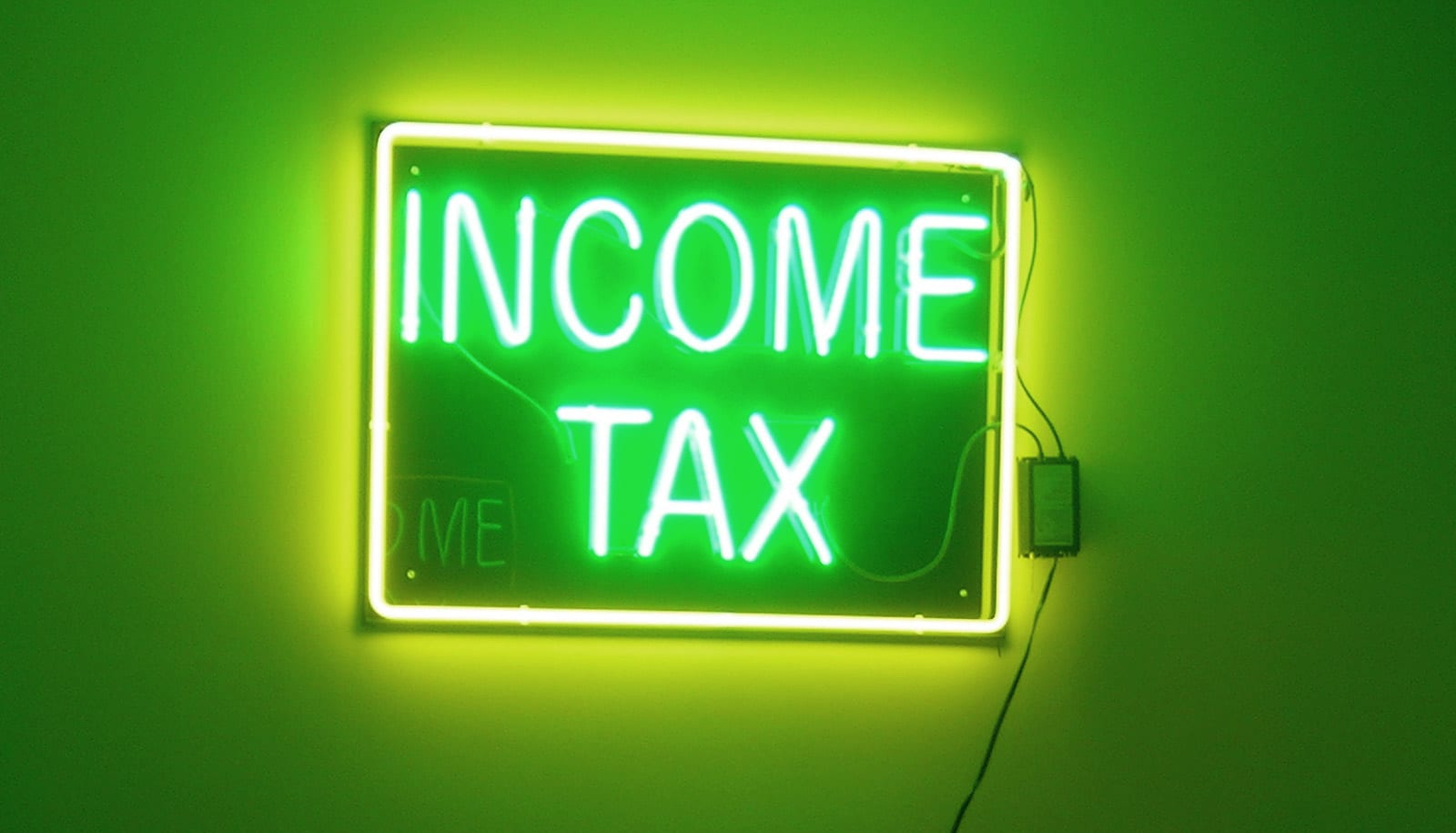Research has identified ways to prompt low- and moderate-income households to save more of their tax refund.
Motivational prompts to save tax refunds and suggested savings amounts for the tax refund can increase saving among low- and moderate-income households, finds an experimental study from the Brown School at Washington University in St. Louis.
The study was part of the Refund to Savings Initiative, which uses behavioral economics to encourage tax filers to save their tax refund. The collaboration is based on the idea that tax time is an opportune moment to encourage low- and moderate-income households to save, as the tax refund is often the largest single payment these households receive all year.
The experiment involved households that filed income tax returns with an online preparer and chose to receive their refund electronically. These filers were randomized into eight treatment groups, which received different combinations of motivational savings prompts and suggested shares of the refund to save—either 25 percent or 75 percent—and a control group, which received neither prompts nor suggested savings amounts.
The study shows that treatment group members were more likely to contribute at least some of their refund to a savings account and more likely to split their tax refund. The study appears in the Journal of Consumer Affairs.
Tax prep chains cluster near working poor
“Our study adds to the growing body of research on interventions that center on tax filing as a potential way to increase saving among low- and moderate-income households,” says lead author Michal Grinstein-Weiss, professor at the Brown School at Washington University in St. Louis, associate director of the Center for Social Development, and founding director of the Envolve Center for Health Behavior Change.
“These interventions are promising since they have relatively low costs and are scalable to a broad population,” she says.
Additionally, the study suggests that the presentation of choices—which behavioral scientists call “choice architecture”—can significantly influence outcomes.
The study found that savings anchors, which are suggestions that filers save a certain percentage of their refund, made a difference in savings behavior, unlike messages prompting filers to think about emergencies, retirement, or special purchases.
WWI and WWII led to higher taxes for the rich
The anchors partly aimed to encourage tax filers to split their refund between a savings account and other accounts, and the size of the anchor was strongly associated with the amount placed into savings for those who split the refund.
For example, the 50 percentage-point difference in the two suggested savings anchors—25 percent and 75 percent—is associated with a 30 percentage-point difference in the actual amount of the refund contributed to a savings account, says Grinstein-Weiss. The anchors also increased savings rates and savings amounts across the tax-filing population in general.
In contrast, specific savings prompts for general, emergency, and retirement savings did not raise contributions to savings, and in some cases actually reduced contributions.
Coauthors on the study are from the Brown School; the Brookings Institution; the Pew Charitable Trusts; and Duke University. The Refund to Savings Initiative comes from the Center for Social Development at the Brown School, Duke University, and Intuit Inc., the maker of TurboTax tax preparation software.
Source: Washington University in St. Louis (Originally published April 17, 2017)



